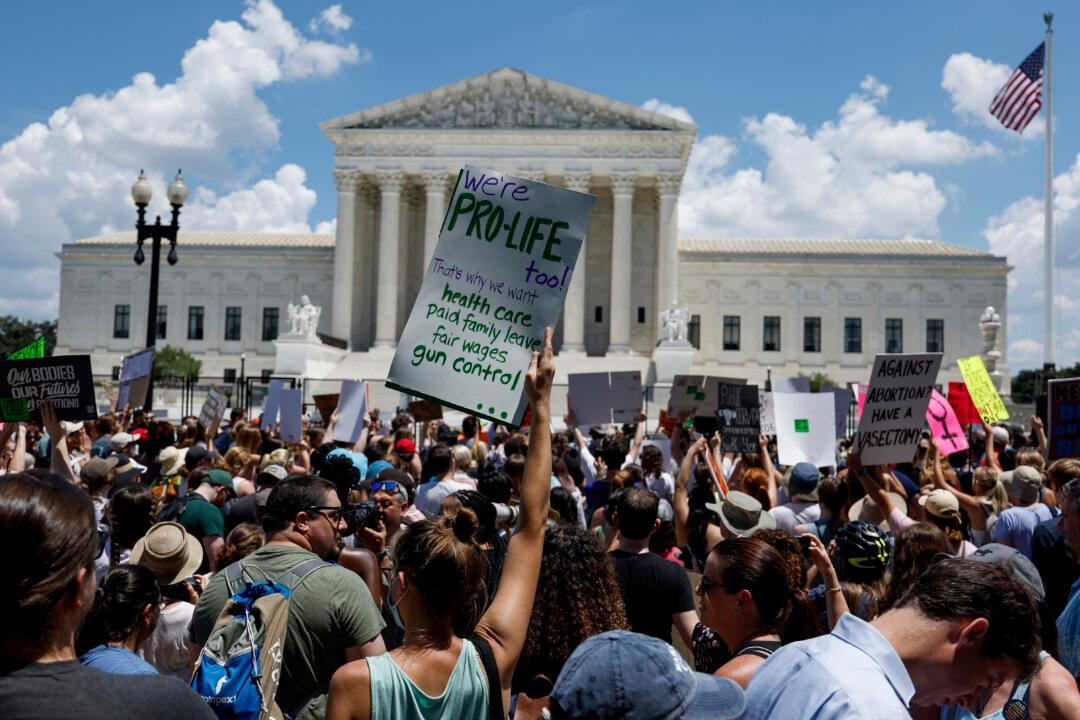As drug legalization groups and the cannabis industry lobby to legalize marijuana across the United States, with legalization initiatives in five more states on Nov. 8 ballots, many experts warn that this will only increase the physical and mental harms from unregulated, high-potency cannabis.
High-potency cannabis use is being linked to poisonings in young children, as well as to psychosis and schizophrenia in an increasing number of regular users, according to Dr. Ken Finn, president of the American Board of Pain Medicine and a vice president of the International Academy on the Science and Impact of Cannabis.






